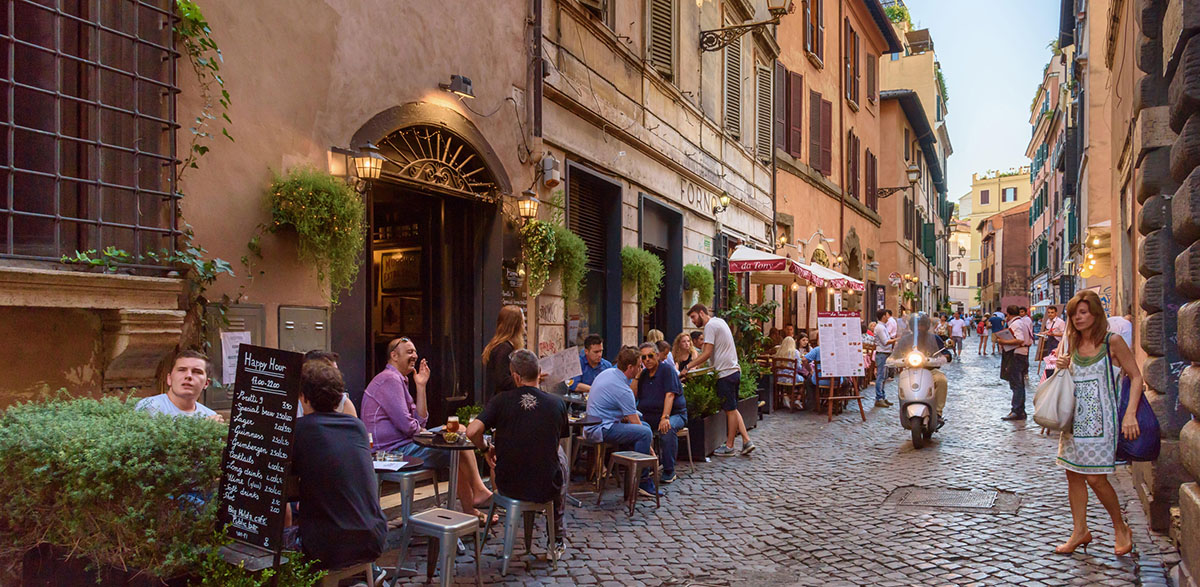
Roma it is one of the most incredible cities in Europe. I am in love with this city, it cannot be more beautiful, more cultural, more interesting ... Impossible to get bored, impossible to have a bad time, impossible not to marvel at every step.
Rome is fantastic and today we will talk about the Rome culture, to know something before traveling.
Roma
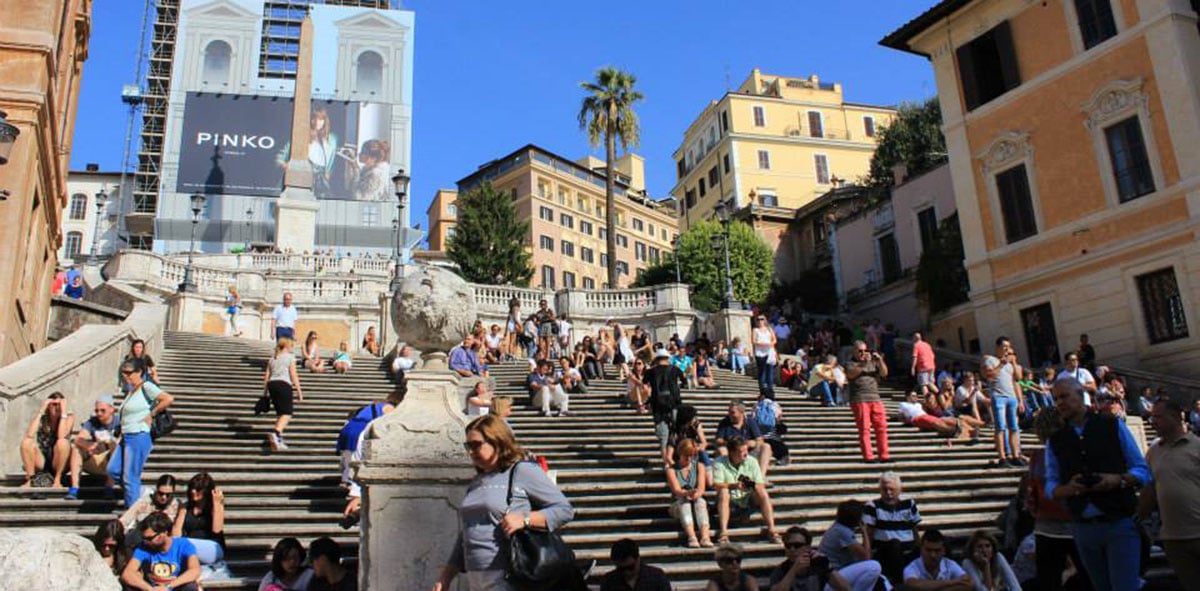
The city is the capital of the Lazio region and Italy and it is the third most populous city in the European Union. It is a city with three thousand years of history and was the first great metropolis of mankind, in addition to the heart of one of the most important and influential ancient civilizations.
History emanates from every street, every square, every building. It is the city with the greatest architectural and historical treasures in the world and since 1980 it has been on the list of World Heritage UNESCO.
I think that before going to visit a country or a city one should read, do some research, soak up information about the destination. Thus, we can build an interpretive framework of what we will see or experience. That does not cancel the surprise, nor the curiosity, nor the delight. On the contrary, it makes it huge, because there is nothing more beautiful than seeing in first person what we only know through books or social networks.
Rome culture

Modern Rome is a eclectic city, a fantastic combination of the traditional with the contemporary. On a social level, life revolves around family and friends and that is seen in people and in everyday life. Despite being a capital city there is a certain air of a large town that remains, especially in the neighborhoods and their markets and despite the constant coming and going of tourists.
Rome and food go hand in hand. It's nothing new. Roman gastronomy is simple, but rich and with a lot of flavor. Social life revolves around food, meetings, shopping, after dinner. Romans usually eat together, with family and friends, and that time around the table is valuable. And if you want to see some of this, it is better to escape from the tourist restaurants or the really popular areas.
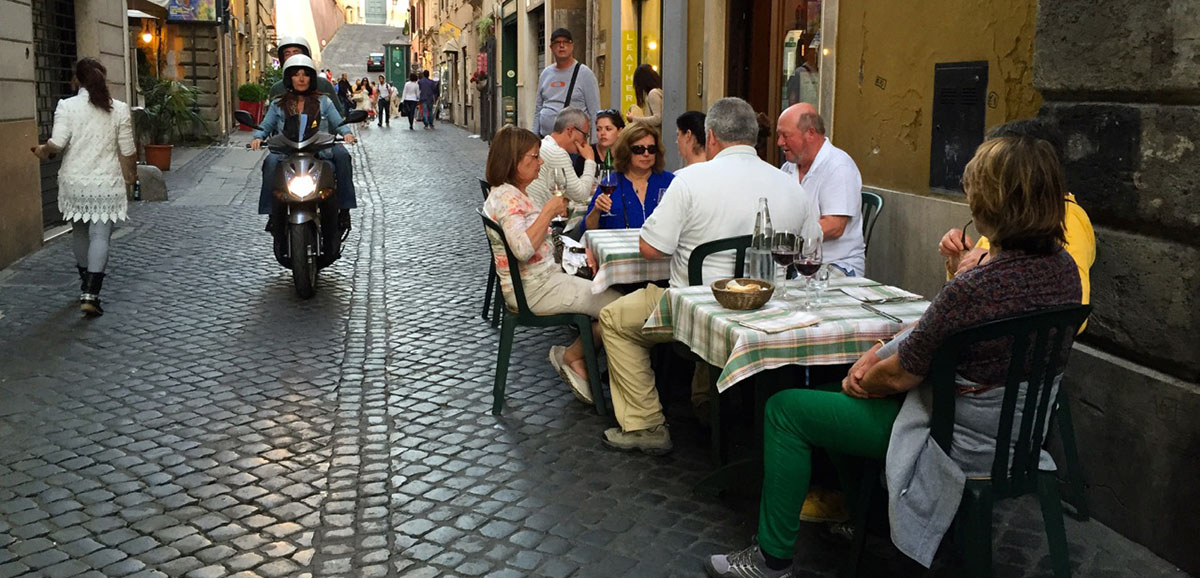
To get quality and more authentic Roman food, you have to go off the beaten path. The best places to eat and drink like a local are usually the ones without tourists. Here are some recommended places: for breakfast you can try the Caffé Sab't Eustachio, near Piazza Navona, operating since the 30s. For lunch, La Taverna dei Fori Imperiali, a family restaurant not far from the Colosseum, on Via della Madonna dei Monti, 9.
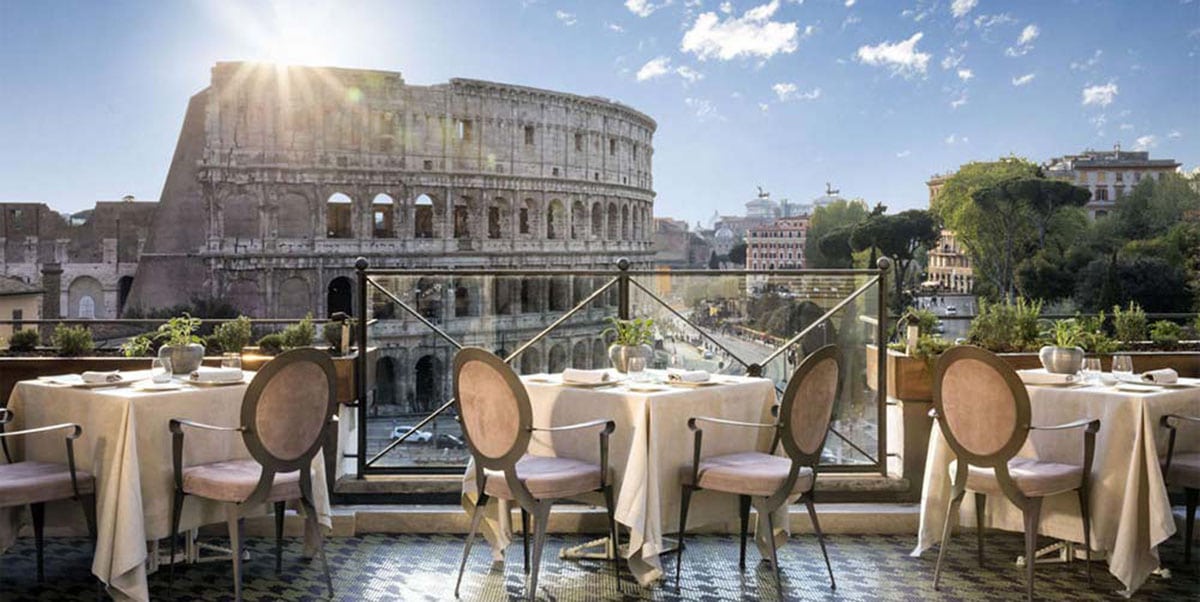
If you want to shop and eat in a square or on foot, then you can shop in Fa-bio, near the Vatican, on Vía Germanico, 43. For dinner, La Carbonara, a traditional Italian restaurant in Monti, on Vía Panispema, 214. If it's pizza, Gusto, in Piazza Augusto Imperatore, 9. For good ice cream, Ciampini, between Piazza Navonna and the Spanish Steps.
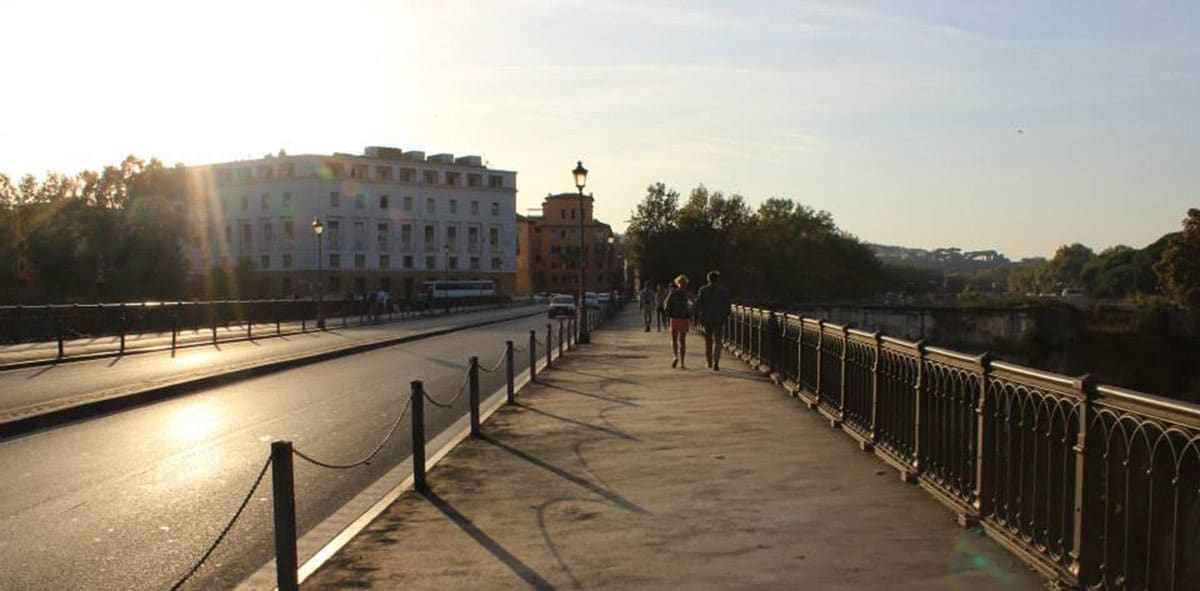
With respect to celebrations and festivals in RomeThe truth is that there are traditions that are very significant for the Romans. For example, there is the Carnivall, which is also celebrated in the rest of the country. Carnival in Rome lasts eight days and you will see musicians, theater shows, various concerts in the street. It is a good time to walk the streets and enjoy the cheerful atmosphere.
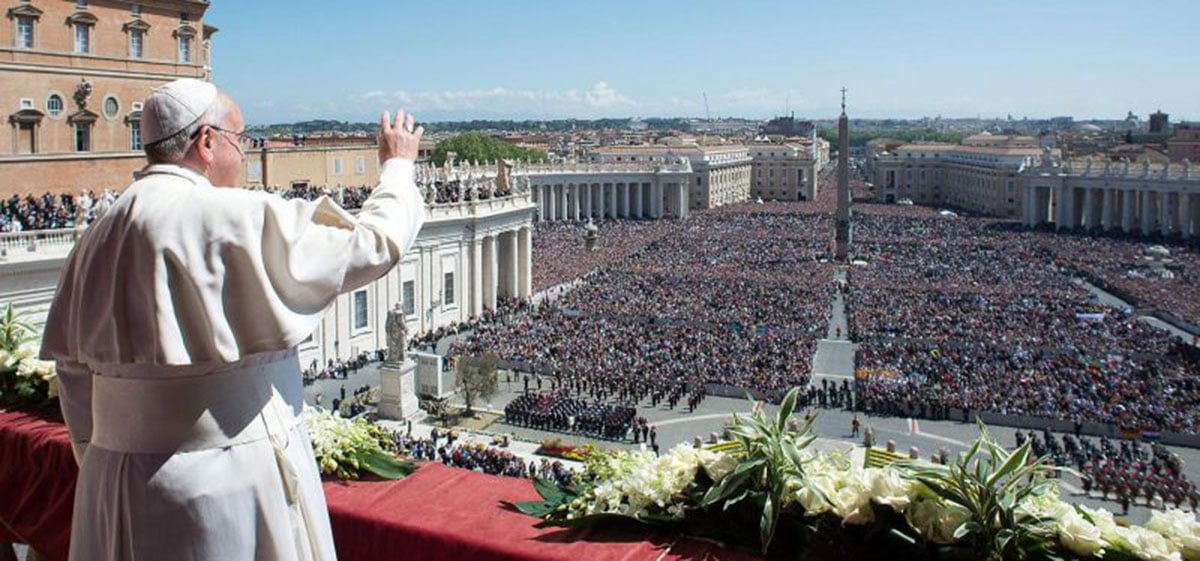
Christmas and Easter are the most important Christian holidays in the city, in addition to that they mark the beginning of the holidays. In addition, special dishes are cooked for these two parties such as panettone and panforte at Christmas or the Cotechino sausage, at Easter the Minestra di Pasquea, the Angelo lamb, the Gubana Easter bread ... Everything in the middle of the Via Crucis, which goes from the Colosseum to the Roman Forum on Good Friday, the Pope's blessing in St. Peter's Square and Christmas mass at night in the churches decorated with the manger ...
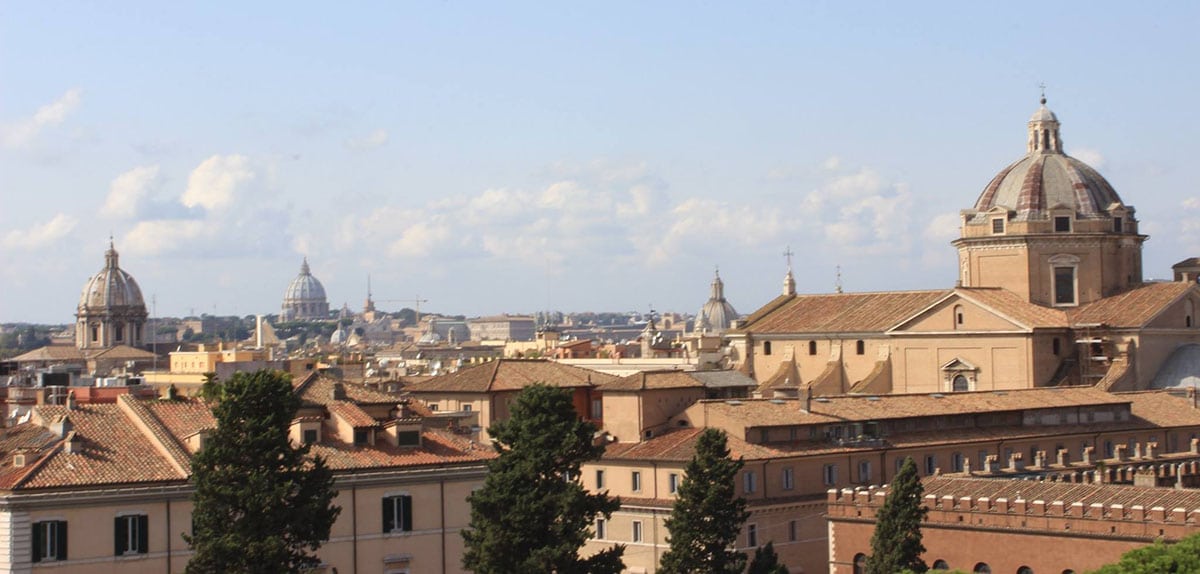
Beyond the Christian holidays too Rome lives national holidays, which here in Italy are several. Each city also celebrates its holys and in the case of Rome they are Saint Peter and Saint Paul. The party falls on 29 June and there are masses in the churches and even Fireworks from Castel San't Angelo.
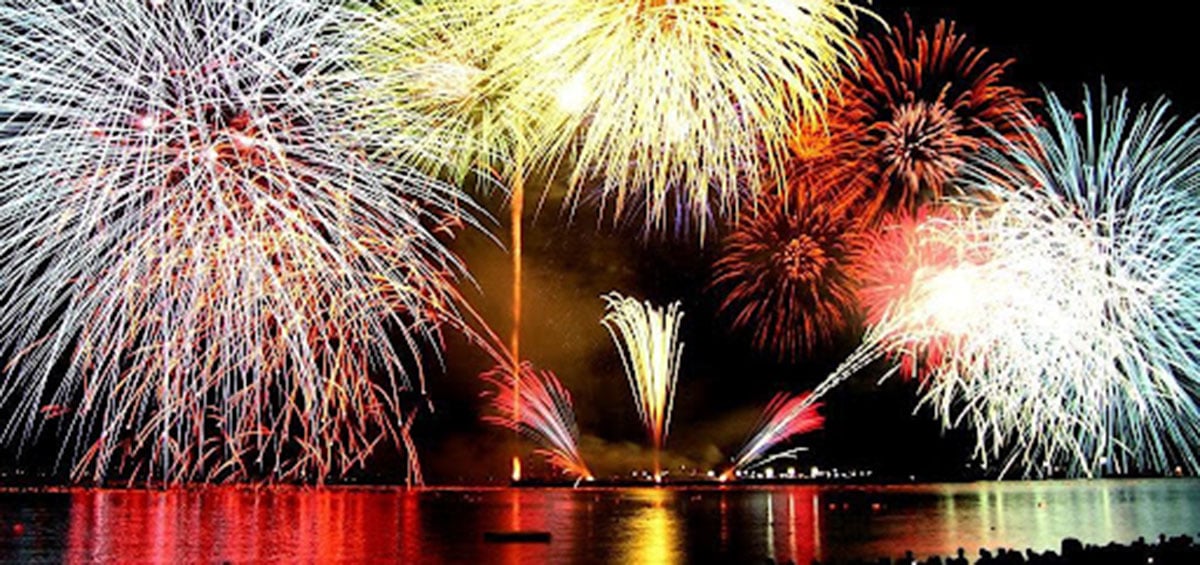
Food, parties, people ... but it is also true that another chapter is made up of the historical and architectural legacy Of the call Eternal City. I have always walked Rome, the truth is that only on a few occasions have I taken public transport. Not because it is inconvenient but because if the weather is good and you have comfortable shoes, there is no way to get lost in its streets. You make every discovery!
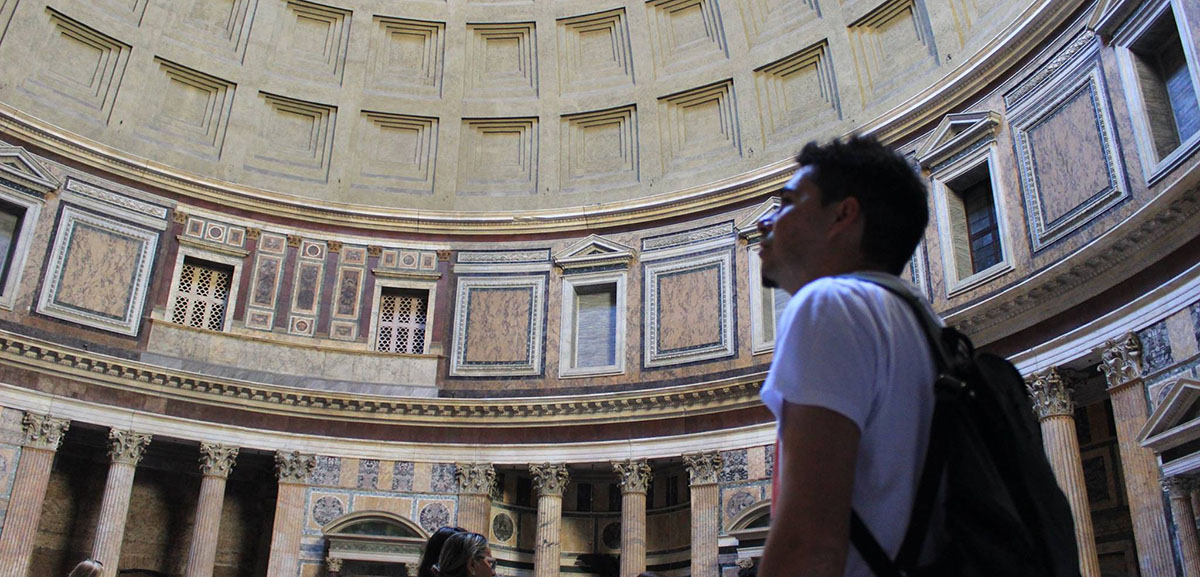
It is or yes, the classics can not and should not be missing: visit the Pantheon, built by Hadrian in 118 BC, let yourself be bathed in the light or the rain that penetrates through the hole in the roof, climb the Capitoline Hill and contemplate the Forum, sit on the steps of the Spanish Steps and see the Fontana della Barcaccia or the apartment of the poet Jhon Keats, ride a bike or walk along the Via Anticca, take a walk in the afternoon Navona Square, put your hand in the Mouth of the Verita, visit the Coliseum, if possible at sunset, visit the Campo de Fiori Market, enter the Vatican, go to the museums, Capuchin Crypt, explore the Jewish Ghetto in Trastevere, toss a coin in the Fountain di Trevi.
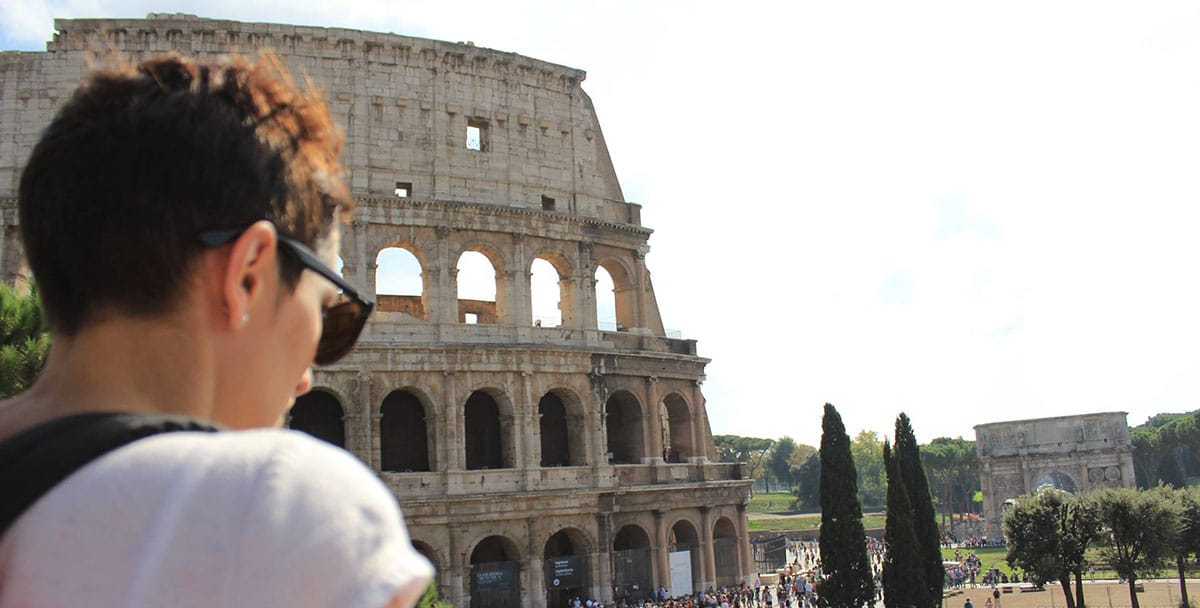
Remember that Rome has 3 thousand years of history, from Antiquity, through the first years of Christianity, the Middle Ages, the Renaissance or the baroque chapter of the city to modern times. Each building, each square, each fountain, has its history and gives a truly unique imprint to the Roman culture.
Naturally, a single trip is not enough. You have to return to Rome several times, at different times of the year. You will always discover something new or fall in love with something you already know. That mixture of sensations between knowing and recognizing is the best.